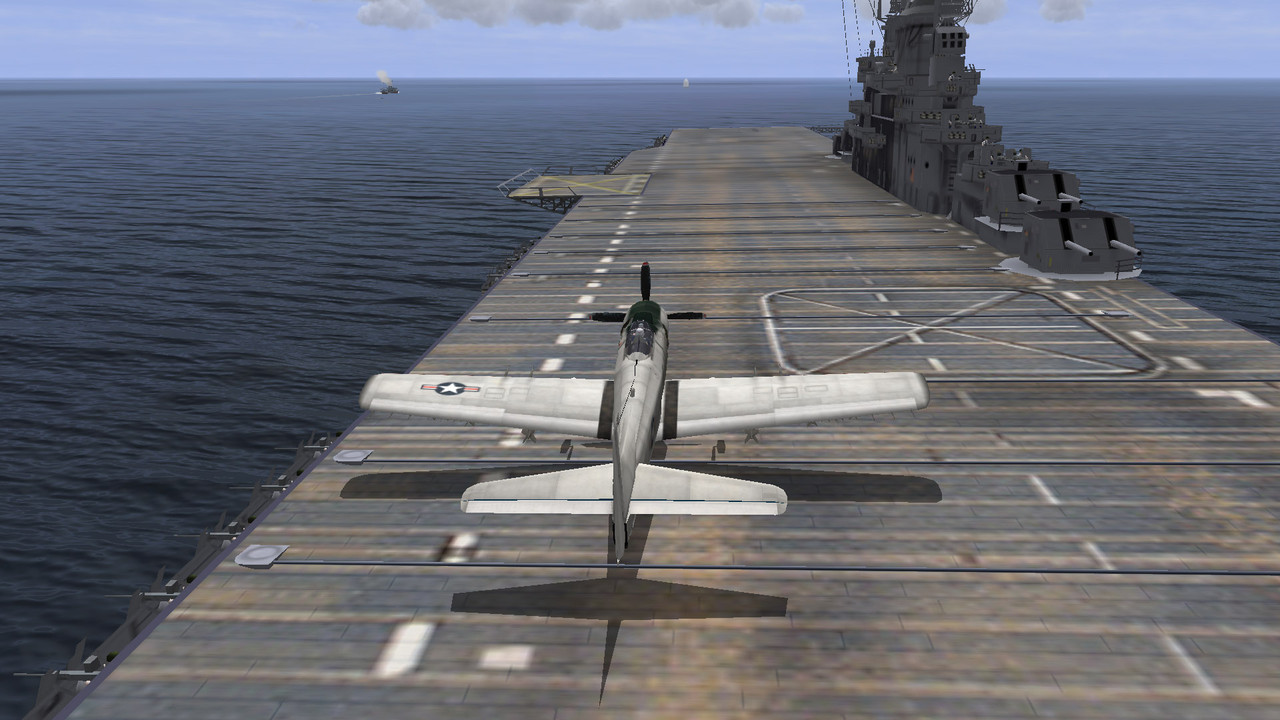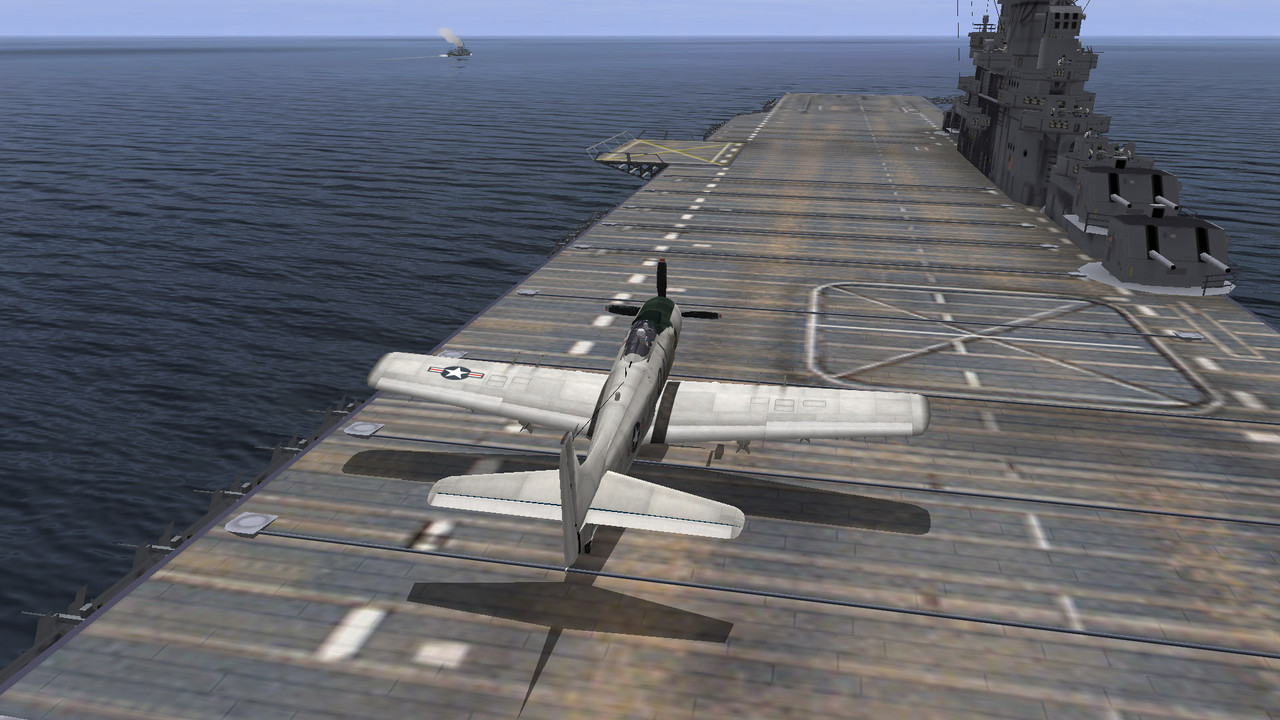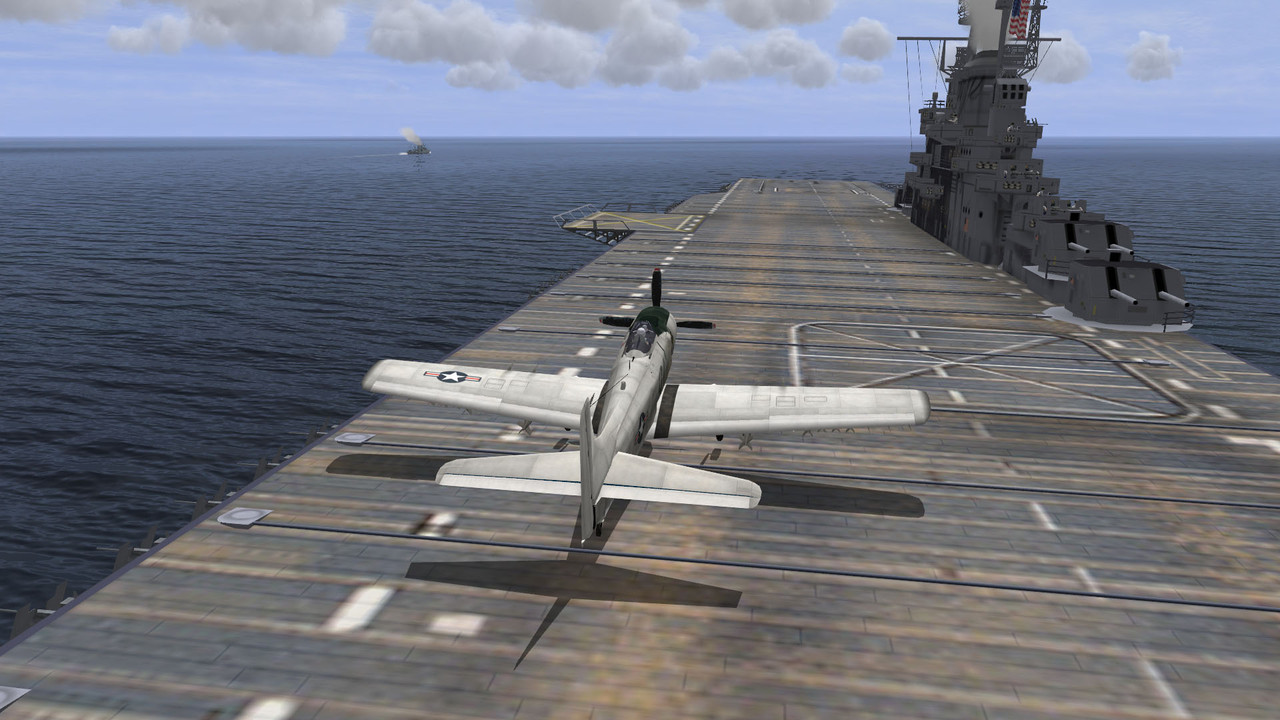Yep, these horizontal "lines" (in fact they are the borders between two frames) are tearing. It results from the graphics card drawing frames into the front buffer at the same time where the monitor is showing them, so a part of your image shown is the "old" frame and the other part is the "new" one already.
A good description of this effect and Nvidia's attempt to circumvent parts of the tearing vs. stuttering catch is described here:
http://www.geforce.com/hardware/technology/adaptive-vsync/technologyThe most sophisticated way to deal with this, apart from G-Sync, is VSYNC + triple buffering.
Triple buffering means that the graphics card holds 3 buffers for the image being shown.
Buffer no.1 is the actually shown image on the monitor.
Buffer no.2 is the next image ready to be shown on the monitor.
Buffer no.3 is the buffer where the GPU draws the next image in.
Now when the vertical sync event occurs, the buffers will roll, Buffer no.2 becomes no.1, no.3 becomes no.2, no.1 becomes no.3. That can be done within microseconds, so stutters will be limited to a minimum (in fact they will only occur when the GPU is not able to provide a complete buffer in slot 2 when the vsync event occurs).
With G-Sync, the old VSYNC is reversed and the monitor will draw the image right when the GPU has completely filled the next buffer, whenever that may be (of course within some FPS range, something like 30-144 FPS). Usually this results in no tearing and no stutter at all, but G-Sync monitors are quite expensive.
I've got one more thing: In my previous tests, I made a mistake when checking the effect of anisotropic filtering in Nvidia Inspector.
In fact the settings there
do apply to the game and they do have an effect both on image quality and FPS rate.
See the real images and corrected FPS table below:
No anisotropic filtering, note the blurred front end of the deck where you cannot see the catapult at all:

4xAF, that's the game's default setting ("Application controlled"), note the visible catapult at the front end of the deck:

16xAF through Nvidia Inspector, note the crisp and clear deck all the way, including catapult:

Now to the results from video track testing ("The Black Death"), all tests have been performed on the same system running the first 90 seconds of that thread, game version was Ultrapack 3.0 RC4 with no mods.
| Settings | FPS AVG | FPS MAX | FPS MIN | FPS MIN (*) | Remarks |
| FXAA (ingame AF) | 117 | 161 | 55 | 31 | 1st run of the game |
| ./. | 118 | 160 | 89 | 45 | 2nd run of the game |
| ./.+TB+AFO+ASO | 118 | 161 | 89 | 45 | |
| ./.+4xAF | 118 | 163 | 90 | 46 | |
| ./., ingame AF disabled | 76 | 146 | 37 | 37 | looks horrible |
| 8xCSAA+TB+AFO+ASO+ingame AF | 121 | 203 | 81 | 45 | better than FXAA!! |
| 4xMSAA+./. | 127 | 209 | 88 | 45 | best AA match for 550Ti |
| ./.+1xSSTAA | 127 | 212 | 87 | 45 | |
| ./.+2xSSTAA | 88 | 134 | 62 | 42 | too much for 550Ti |
| ./.+4xSSTAA | 55 | 90 | 37 | 37 | way too much for 550Ti |
| ./.+2xSpGSSTAA | 127 | 209 | 88 | 45 | |
| ./.+4xSpGSSTAA | 127 | 209 | 88 | 46 | |
| ./.+8xSpGSSTAA | 127 | 210 | 88 | 45 | best TAA match for 550Ti |
| ./. (inkl.TAA) +16xAF | 105 | 204 | 61 | 46 | Too much for online gameplay |
Red = Setting dropped during testing for either performance or quality reasons.
Green = Setting kept for further tests.
AVG = Average
FPS MAX = Maximum FPS during test run
FPS MIN = Minimum FPS during test run, expect situation below
FPS MIN (*) = FPS impact when incendiary bomb is dropped on care column at ~70 seconds of the video.
FXAA = Nvidia Full Screen Anti Aliasing.
AF = Anisotropic Filtering
TB = Triple Buffering
AFO = Anisotropic Filter Optimization setting in Nvidia Inspector
ASO = Anisotropic Sample Optimization setting in Nvidia Inspector
CSAA = Coverage Sample Anti Aliasing
MSAA = Multisample Anti Aliasing
TAA = Transparent Anti Aliasing
SSTAA = Supersampling TAA
SpGSSTAA = Sparse Grid Supersampling TAA
Some preliminary conclusions (needs more testing to verify):
- FXAA looses against 4xMSAA both in terms of quality and performance. 8xCSAA is nearly on the same performance level, quality needs further testing.
- normal SSTAA is a no-go for the 550Ti.
- SpGSSTAA shows no performance penalty at any setting. Impressive. Quality needs further testing.
- When the game runs for the first time, FPS is reduced for the need of loading stuff off the HDD.
- When the incendiary bomb is dropped on the car column, the explosion effects seem to hit some other limit than the GPU, it's "virtually" nailed at max. 45 FPS regardless FPU settings.
Best regards - Mike
 Author
Topic: Graphic Settings (Read 29071 times)
Author
Topic: Graphic Settings (Read 29071 times)


